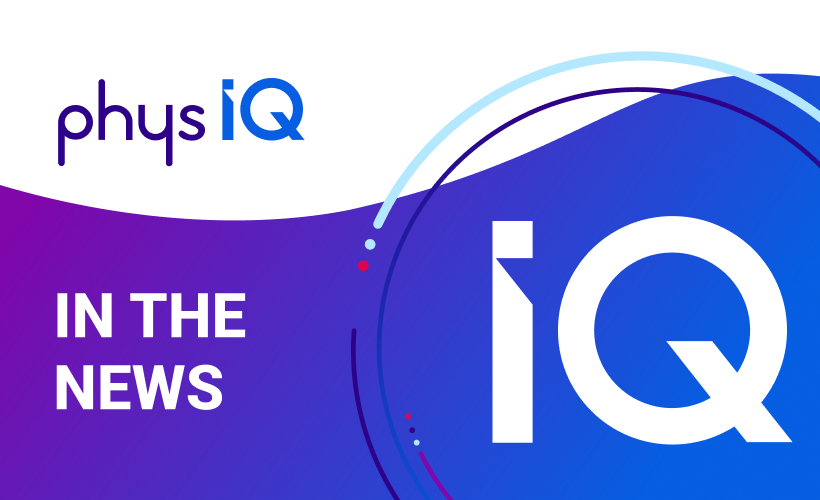Inside an Individual’s Physiological Signature
Originally published in Medical Device & Technology
1 min read
![]() physIQ
:
September 24, 2020
physIQ
:
September 24, 2020

Originally published in Medical Device Network
The Covid-19 pandemic revealed disparities in traditional healthcare and prompted rapid development and integration of healthcare IT. According to GlobalData, the healthcare IT market will reach $48.1B in 2025, growing at a Compound Annual Growth Rate (CAGR) of 5.1% between 2015 and 2025. Recognising the effectiveness and importance of new technologies in healthcare, the National Institutes of Health (NIH) announced that it awarded seven contracts to different companies to develop digital health solutions for addressing the Covid-19 crisis.
According to the NIH, the latest technology can address the pandemic in various ways. Examples include smartphone applications, wearable devices, and software that can identify, notify, and trace infected individuals, or monitor verified Covid-19 test results and health status of infected or potentially infected people. As a result, the National Cancer Institute (NCI) and the National Institute of Biomedical Imaging and Bioengineering (NIBIB) have selected seven out of nearly 200 ideas for digital health solutions.
The selected digital solutions will help to contain and handle the Covid-19 crisis by providing additional tools in order to improve social distancing, quarantine, and testing. For instance, Evidation Health was awarded a contract for a health measurement platform to analyse huge amounts of patient data from self-reporting and wearable devices for the detection of Covid-19 and differentiating it from the flu. Furthermore, NIH awarded another selected organisation, physIQ, a contract for a data analytics and cloud computing platform powered by artificial intelligence and combined with FDA-cleared wearable devices. Using its innovative tools, the physIQ platform can potentially create a personalised baseline index in order to indicate a change in health status for Covid-19 positive patients.
Although there will be no release of the selected digital innovation tools this year, in the foreseeable future those tools will help people to live in a less restricted quarantine environment, reduce the risk of further Covid-19 outbreaks, and accelerate the development and integration of innovative new solutions into the current healthcare industry.

Originally published in Medical Device & Technology

Originally published in Pixel Scientia Labs

Originally published in Crain's Chicago